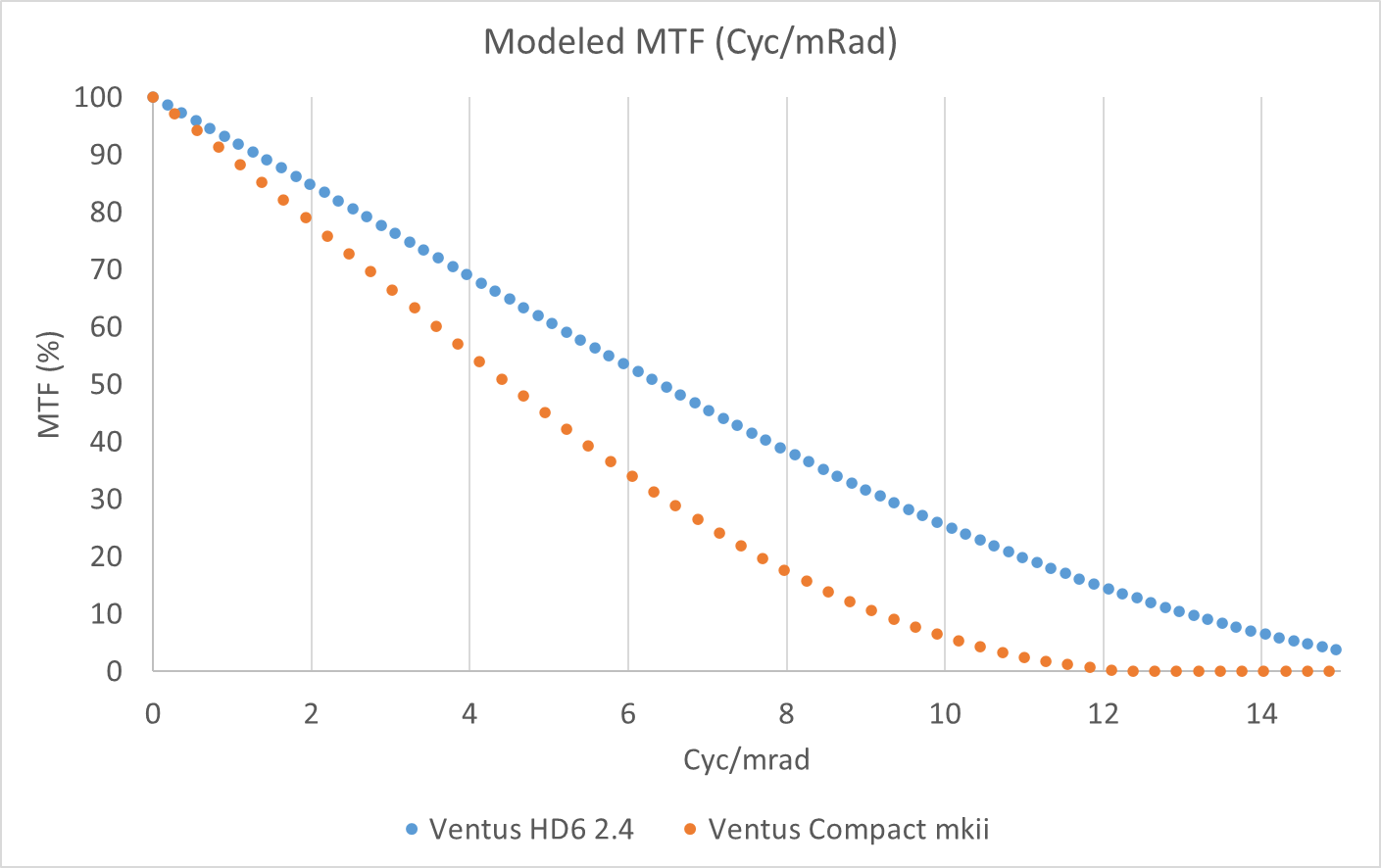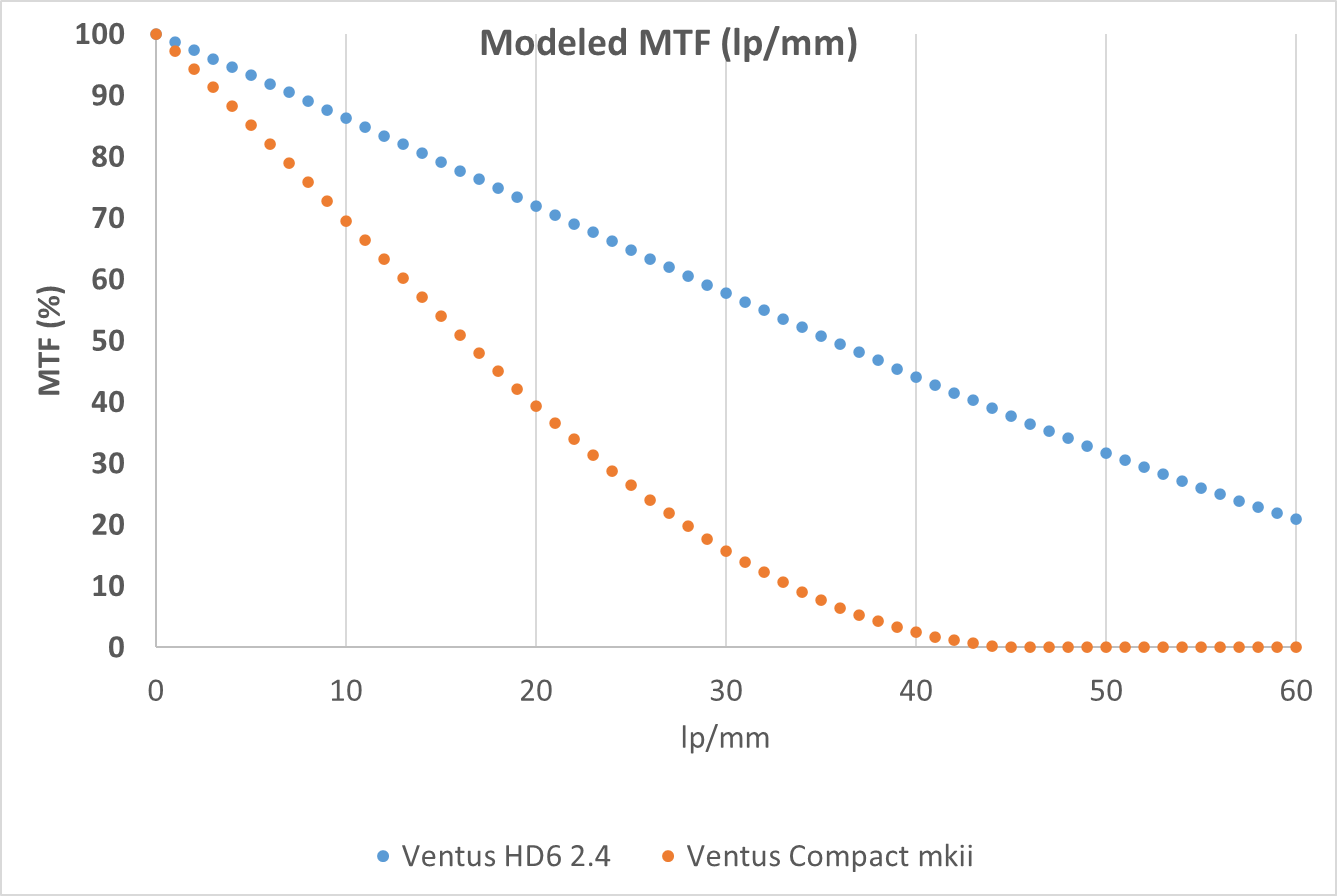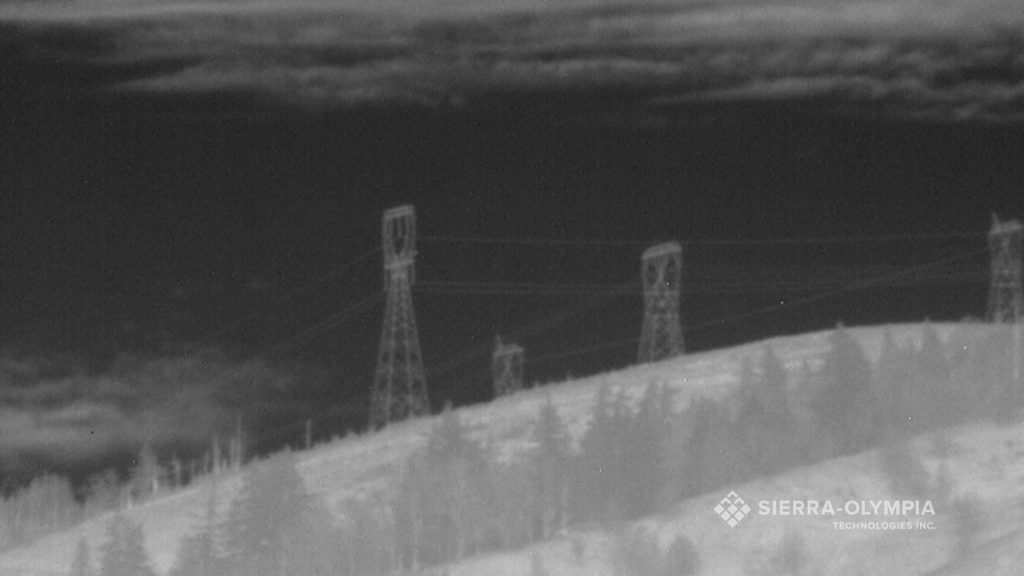The Key to Infrared Imaging Performance
When evaluating the performance of imaging systems, the Modulation Transfer Function (MTF) is one of the most critical metrics to understand. It encapsulates the resolution capabilities of a system and provides insights into the clarity and precision with which it can resolve fine details. Whether you’re analyzing infrared cameras or evaluating optical systems for defense applications, MTF is an essential concept that directly impacts the quality of the imagery.
What Is MTF?
At its core, MTF represents the ability to produce fine details in an IR image. There are many elements that contribute to MTF, and each plays a role in defining the overall performance of an imaging system. Here’s a breakdown of the different components where MTF is measured:
- Sensor MTF: Smaller Pixels can resolve finer details. Smaller pixels have higher sensor MTF.
- Lens MTF: Longer focal lengths, and faster (lower) F/# can resolve finer details. Lenses are sharper in the center than the corner of the image.
- System MTF: System MTF combines all the components including electronics and atmosphere, so this should go at the end.
- Electronics MTF: The quality of the signal processing electronics that translate optical information into a viewable image.
- Atmospheric MTF: When imaging over long distances, atmospheric conditions such as turbulence can introduce aberrations that degrade MTF.
- Display and Eyeball MTF: The characteristics of the display used to view the image and the observer’s eyesight also affect perceived resolution.
The Significance of Sensor and Lens MTF
In the world of infrared imaging, sensor MTF and lens MTF are paramount. These are the two most fundamental elements we can optimize to achieve superior image quality. By improving the sensor’s ability to resolve light and ensuring the lens delivers precise focus, the overall system MTF can be maximized.


When analyzing MTF, it is crucial to understand how metrics are expressed. When comparing different camera systems, cycles per milliradian is the best unit of MTF because it considers the focal length. Other units, such as line pairs per millimeter or cycles per pixel, represent different scenarios and are not interchangeable. The specificity of these measurements ensures that MTF is accurately reported and understood within its proper context.
Real-World Example: Infrared Imaging at Long Distances
To illustrate the impact of MTF, let’s consider a practical scenario. Two cameras, equipped with different MTF characteristics, were used to observe power transmission lines six kilometers away. These lines, being one inch wide, represent high spatial frequency content—essentially, very fine details.


The ability to resolve these high-frequency details directly correlates to the imaging system’s MTF. In applications such as surveillance, defense, or industrial inspection, having a high MTF can mean the difference between detecting a critical detail or missing it entirely.
Challenges and Optimization
Understanding MTF is no simple task. It requires years of expertise to differentiate between sensor MTF, lens MTF, and their combined effects in system MTF. Atmospheric conditions, signal processing quality, and even display characteristics add layers of complexity. At Sierra-Olympia Technologies, we use advanced measurement tools in our labs to:
- Optimize MTF across all system components.
- Accurately report MTF in universal and meaningful terms for our customers.
- Ensure our systems deliver the best possible resolution for their intended applications.
Why MTF Matters for You
For professionals in the infrared imaging industry, understanding MTF is crucial for making informed decisions about camera systems. Whether you’re developing a surveillance system, conducting industrial inspections, or engaging in research and development, MTF provides a quantitative measure of the system’s capability to resolve details. By focusing on sensor and lens optimization, and maintaining clarity in how MTF metrics are presented, Sierra-Olympia ensures that our customers receive systems designed for peak performance.

